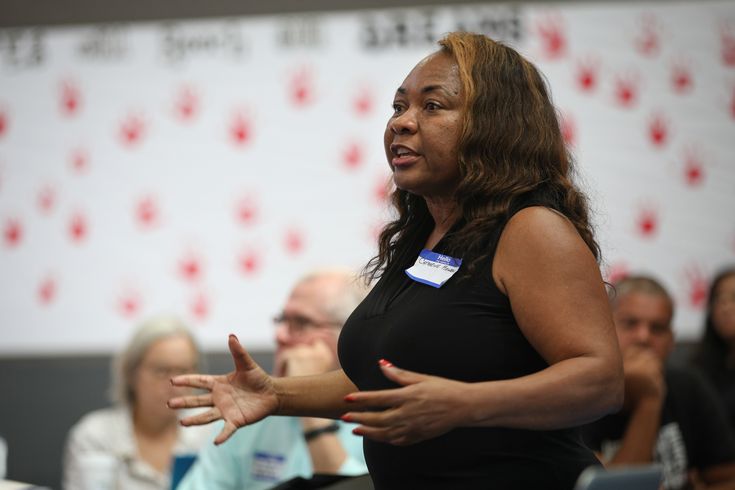
Rural Poverty in California: Is the American Dream Drying Up in California’s Central Valley?
Change is not an easy thing to do especially when only one person is doing it. In Central California, that person’s name was Nettie Morrison who by strength of will, a good amount of political acumen, and a community ready for new life, was able to bring change and hope to a forgotten part of California’s Central Valley. In October 2018, CEE Senior Fellow Catherine Coleman Flowers and CEE Deputy Director Andrew Schwartz visited Allensworth to bear witness to the life and work of Morrison, and to see firsthand a city plagued by environmental mismanagement, systemic racism and classism, and now climate change. The trip to Allensworth is part of CEE’s mission to stand with frontline communities who are forced to fight against the dual burden of social and environmental injustice.
You can read Andrew‘s reflection here
Capital & Main: Published on March 7, 2019 by Judith Lewis Mernit
Love and energy aren’t always enough to provide what Allensworth, a historic African-American town, needs most: clean water, accessible to all.
Editor’s Note: This story marks the launch of an ongoing series about poverty in California’s heartland. From farming valleys to foothill communities, “the other California” makes ends meet in a time of adversity. Climate-changed weather patterns have contributed to catastrophic droughts and fires, while dwindling job opportunities are depopulating long-established towns. In the months ahead, we will profile the lives of rural Californians and examine the economic conditions that shape their futures. We will also weigh proposed solutions to the challenges they face, as well as programs that are helping to improve the present.
Co-published by The Guardian
One day in 1979, Nettie Morrison, then 44 and living near Bakersfield, California, announced she was moving — to a tiny rural town called Allensworth, 40 miles north. Hardly anyone had even heard of it, and those who had thought she was crazy. “People said, ‘Why would you want to move out there?’” recalls her daughter, Denise Kadara, who was already married by then. “‘There’s nothing for you up there.’ But she knew it was a historically black town and wanted to be a part of it.”
Removing arsenic costs money, and money is something a small, rural water system never has.
Colonel Allen Allensworth, a former slave who rose to become a Union officer during the Civil War, had founded the eponymous town in 1908, when he bought up 2,700 acres of alkali flats to establish a black utopia in a part of the San Joaquin Valley known as the Tulare Basin. By 1913, some 1,200 people from across the country had responded to Allensworth’s call — sent out via newspaper advertisements — to build the “Tuskegee of the West.” Back then, abundant clear water flowed from artesian wells, enough to drink and to irrigate crops of alfalfa, sugar beets and corn, along with feed for livestock.
But when Morrison arrived, all that remained of Allensworth’s vision was a nostalgic new state park, established in 1976 to commemorate the fallen town, and a tumbledown village of mostly Latino migrant workers and a few African-American families, grinding out a spare existence on the now-parched land. They cooked, when they could afford it, with expensive propane brought in by the tank. If they had toilets to flush, the sewage went into faulty septic systems; many of them used outhouses instead. Their wells were determined to be contaminated with arsenic, at levels too high for human consumption. A remedial treatment system never proved quite adequate: Residents still drove miles to fill tanks with clean water from other jurisdictions.
Morrison went to work and did what she could for Allensworth. Recruiting her five grown children as helpers — “we were there every weekend,” remembers Kadara — she founded a nonprofit, Friends of Allensworth, and saw that food and other necessities were distributed to the neediest residents. In 2007, Morrison mobilized opposition to two corporate dairy farms planned near the town, which would have compounded the threats to Allensworth’s air and water — her work insured that cattle had to be at least 2.5 miles outside of town. She also organized events at the state park, to teach people about the town’s — and by extension, the nation’s — history. “All the activities that take place there,” her daughter says, “Nettie Morrison established every single one of them.”
